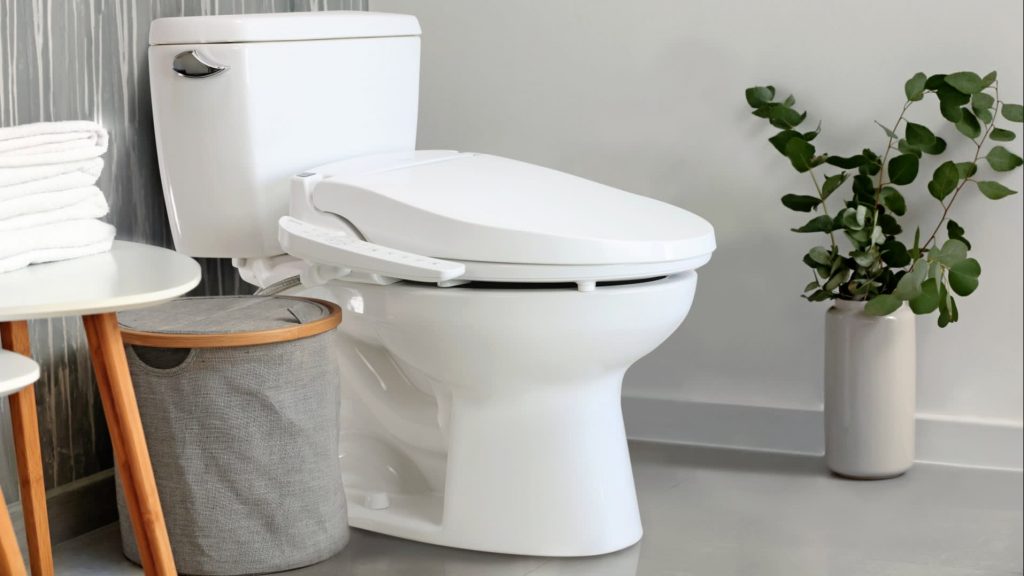Since the beginning of the world every living being has one thing in common i.e. ‘Nature calls’. While people spend a large amount on a piece of decor, an expensive painting, couch or flat screen TV, but spending money on ‘luxury toilet’ seems pretty bougy and sounds like the last thing you’d want to spend a fortune on.
But, there are people who spend thousands and lakhs of rupees on their toilets. Today we are going to tell you about a toilet with cost Rs 174 crore. Astonished! You read it write.
The US space agency NASA has built a toilet, which is worth around $ 23 million or Rs 174 crore. Since NASA was using an old technology toilet on the International Space Station (ISS) for decades, it has built a new toilet. This toilet which is going to get installed at the space station is very different one. It was created by NASA after six years of research.
Since years, the mobility of women on the International Space Station (ISS) has increased considerably. And the toilet on the ISS was not according to women, due to which there was a problem. That’s why NASA created it in which both men and women will be able to use this.
So that women Astronauts do not have to face any problem in the mission.This toilet has been named Universal Waste Management System by NASA. NASA will send this toilet to the space station in September.
Earlier used toilet was called microgravity toilet.
This new toilet built by NASA will have a funnel-function system. So that the Astronauts can use toilet well. Earlier, the toilet used to pull the feces and recycle it. It is claimed that this toilet will also take up less space than the old one. It is also said that it have reduced weight. It has facility of urine treatment. This new toilet also has space to trap the legs so astronauts can sit comfortably.
In this new toilet, both urine and poop will be easily separated and their recycling will also be different. According to the information, this new toilet can also be sent used it in rocket or spacecraft that NASA will send in its moon mission in 2024. The name of this moon mission is Artemis Mission.

